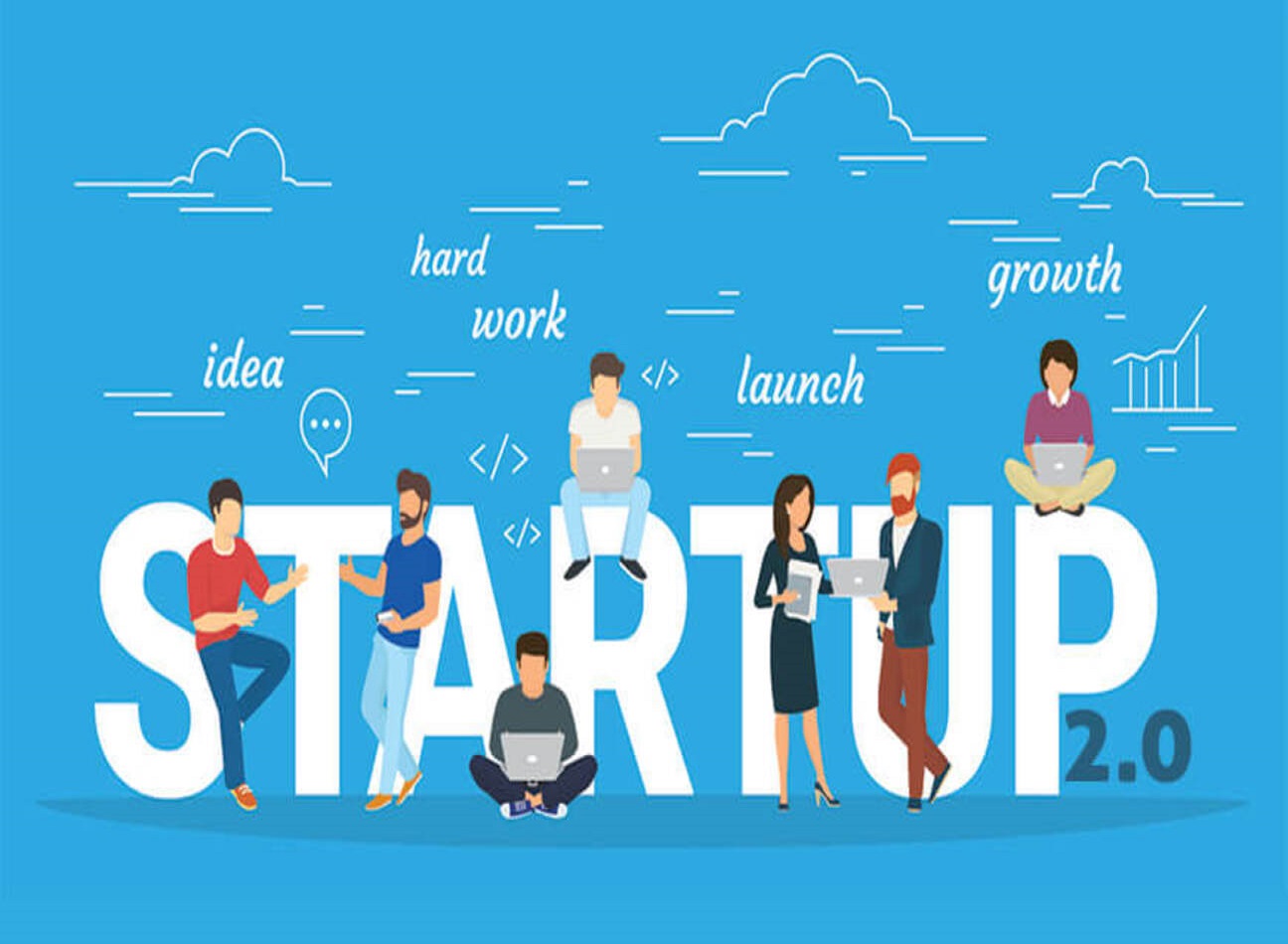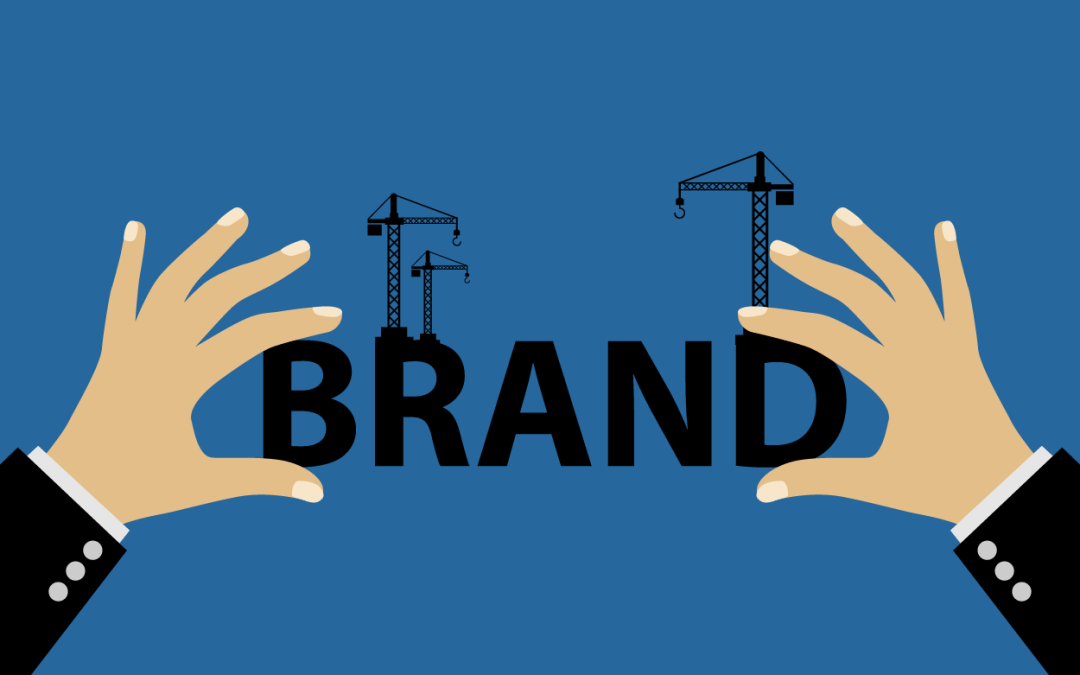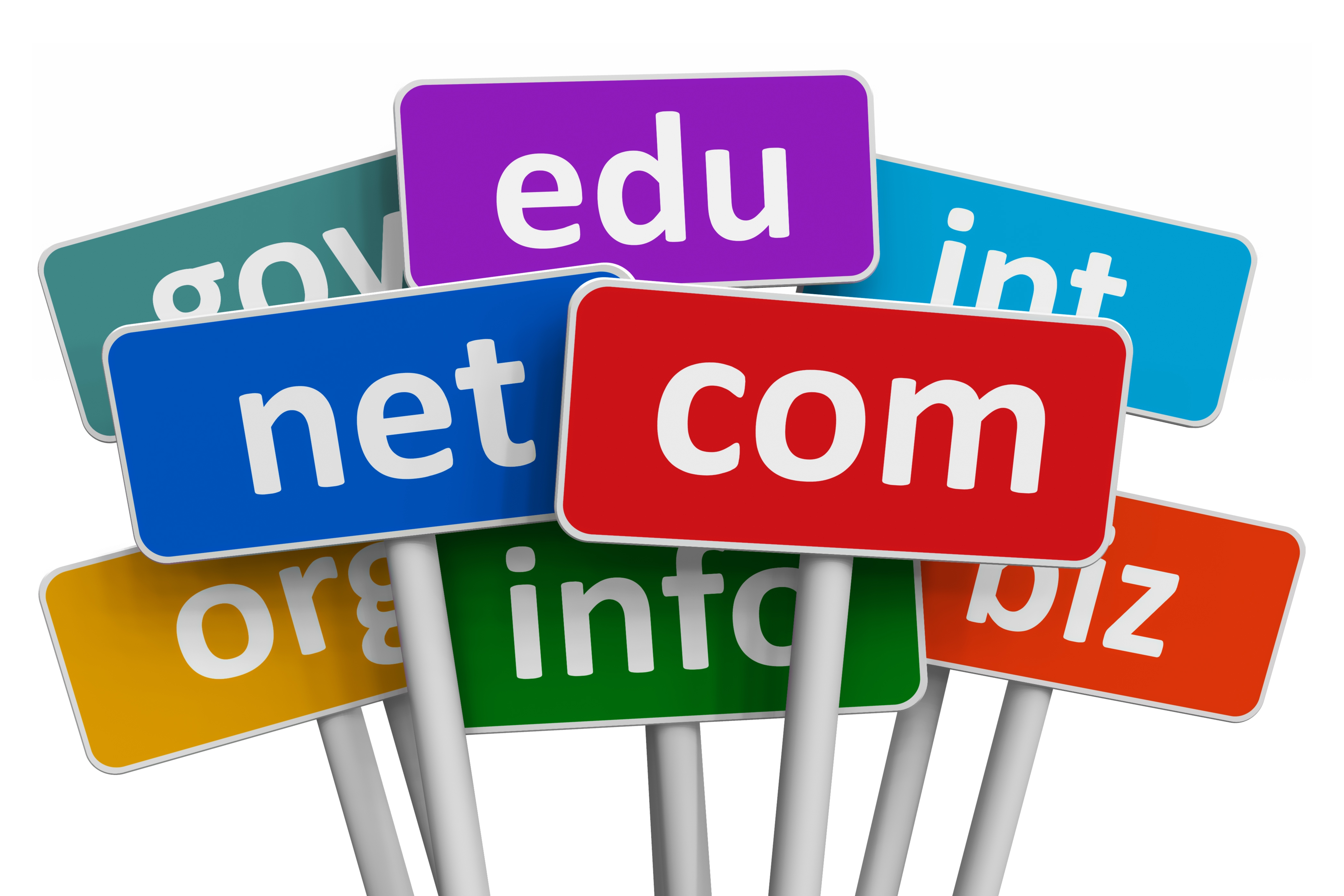How to protect your startup while fundraising and secure its intellectual property rights, 8 points to consider

How to protect your startup while fundraising and secure its intellectual property rights, 8 points to consider
One of the most challenging decisions startup owners must make when raising funding is when to raise funds. This has become a big topic in India because many startups have increased in recent years.
Most businesses plan on releasing their product, doing a pilot, and then gaining money to assist them pivot or grow up to the next stage. Equipment must be purchased, Offices must be rented, and employees must be hired. More importantly, they must expand. To conduct these tasks, companies will almost always need outside Cash.
Seed money is a term used to describe a company’s first round of funding. This quick guide summarizes everything startup founders need to know about raising the seed money they’ll need to get their business off the ground.
Typically, fundraising results in a company handing up a percentage of its ownership or shareholding to another individual or entity. As a result, Indian entrepreneurs must ensure that they operate legally and properly.
Raising funding is like handing someone or firm partial custody of your metaphorical kid (your startup). Consider how cautious you’d be if you were doing so.
Why Raise Money?

Most businesses will fail if they do not receive startup capital. The amount of money necessary to get a firm to profitability is usually above the founders’ and their friends and family’s financial capabilities.
A startup is a firm that is designed to expand quickly. Before establishing profitability, high-growth entities nearly always need to burn Cash to maintain their growth. Only a few startup enterprises succeed in bootstrapping (self-funding), but they are the exception.
Of course, there are many successful businesses that aren’t startups. This article does not discuss the management of capital requirements for such businesses. A war chest not only helps companies to survive and develop, but it is nearly always a competitive edge in all areas that matter, including employing key personnel, public relations, marketing, and sales.
As a result, most businesses will almost definitely seek funding. The good news is that many investors are looking for the appropriate business to fund. “Fundraising is tough,” says the bad news. Raising the funds is often a long, difficult, complicated, and ego-deflating procedure. Still, it is a journey that usually all businesses and entrepreneurs must travel, but when is the ideal moment to seek capital?
When Is It Appropriate To Raise Funds?
That, of course, is reliant on your company’s strategy, vision, and main aim. Though attorneys often advise their startup clients that funding should only take place in situations where your company is properly valued. The individual who has opted to make an investment in your entities, irrespective of stage or valuation, is the most critical fundraising component.

Investors write checks when they find an alluring concept and are certain that the founders’ vision can be realized and the opportunity suggested is real and important enough. When the founders are ready to share their story they will be able to solicit funds. And, in most cases, you should generate funds whenever possible.
For some entrepreneurs, having a narrative and a reputation is enough. For the most part, though, it will take a concept, a product, and some level of client uptake, often known by the term traction. Fortunately, today’s software development environment allows for the rapid creation and delivery of a complex online or mobile application at a relatively cheap cost. Even hardware may be prototyped and tested quickly.
However, investors must be influenced. A product that people can see, use, or touch is usually insufficient. They’ll want to know if there’s a product-market fit and if the product is growing.
As a result, founders should seek funds after they’ve worked out what the market opportunity is and who their client is, and when they’ve developed a product that meets their demands and is gaining traction at a quick rate. How fast does it get interesting? This varies, but a weekly rate of 10% for several weeks is great. Founders must impress to raise funds.
Congratulations to founders who can persuade investors without these items. Everyone else should focus on improving their product and communicating with their customers.
How Much to Raise?
In an ideal world, you’d raise enough money needed to break even, and then you’d never have to raise money again. If you succeed, you’ll be able to not just raise money in the future, but you’ll be able to exist without fresh Financing if the funding situation becomes tight. However, other entities, like those developing hardware, will demand a follow-on round. Their main aim should be to gather enough money possible to reach their next “fundable” milestone, usually 12 to 18 months out.

When deciding how much to raise, you must weigh several factors, including the amount of advancement that money will buy, investor credibility, and dilution. If you can give up as little as 10% of your firm in your seed round, that is fantastic, but most rounds will need up to 20% dilution, and you should attempt to avoid giving up more than 25%. In any case, the amount you’re asking must be backed up by a credible strategy.
That strategy will give you the credibility you need to persuade investors that their money will increase. It’s always a good idea to make many plans based on several amounts raised and to thoroughly communicate your view that the firm will succeed either you raise the whole amount or a smaller amount. The difference will be in your ability to expand quickly.
Determining how many months of operation you want to fund is one technique to look at the appropriate amount to raise in your first round. An engineer (the most popular early employee for Silicon Valley entities) costs around $15k per month. So, if you want to be funded for 18 months of operations with an average of five engineers, you’ll need around $1.35 million (15k x 5 x 18).
What if you plan to employ for more roles in addition? Don’t be concerned! This is only an estimate, but it will be enough for whichever mix you employ. And now you have a fantastic response to the question:
“How much are you planning to raise?” Simply state that you seek funds for N months (usually 12-18) and will need $X, with X often ranging from $500k to $1.5 million. You should provide many versions of N and a range for X, indicating several growth possibilities dependent on how much you can raise.
The sum of money raised by businesses varies dramatically. We’re talking about early increases, which may cost anything from a few hundred thousand dollars to two million dollars. The majority of first rounds seem to be about $600,000; due to rising investor interest in seed, these rounds have been growing in size over the last several years.
Financing Options
Venture Financing

Venture capital is usually done in “rounds,” which have names and are usually done in a particular order. A seed round is followed by a Series A, then a Series B, then a Series C, and so on until the company is acquired or public. None of these rounds is necessary, and some businesses will begin with Series A funding (which is nearly invariably an “equity round.
Convertible Debt
A convertible debt Loan is a loan made to a firm by an investor using a convertible note like collateral. A principal amount (the amount invested), an interest rate (usually a minimum of 2% or so), and the maturity date will all be included in that Loan (when the principal and interest must be repaid). When the corporation executes an equity Financing, this note will convert to equity (thus the term “convertible”).
A “Cap” or “Target Valuation” and/or a discount are usually included in these notes. The maximum effective value that the note’s owner will pay, independent of the valuation of the round in which the note converts, is a cap.
As a result of the cap, convertible note investors often pay a lower price per share than other equity round investors. On the other hand, a discount is a percentage of the round valuation that establishes a lower effective valuation.
Investors view these parameters like their seed “premium,” and both are adjustable. Although investors are usually willing to extend the expiration dates on notes, convertible debt can be called at maturity and must be repaid with earned interest.
Equity
Setting a per-share price and, therefore, a value for your firm (usually, the cap on the safes or notes is regarded like a company’s notional valuation, but notes and safes can be uncapped) and then issuing and selling additional shares of the company to investors is what an equity round entails.
This is usually more difficult, costly, and time-consuming than a safe or convertible note, which explains its early-round popularity. It’s why, if you plan to issue equity, you should always consult a lawyer.
When your firm executes a pricing round, you must be conversant with several key components of an equity round, including equity incentive schemes (option pools), liquidation advantages, anti-dilution rights, protective covenants, and more.
These elements are all negotiable, but it’s usually the case that if you and your investors have agreed on a valuation (next section), you’re not too far off. There’s a deal to be made because equity rounds are unusual for seed rounds.
Let’s understand the Deal With Dilution?
Another important consideration that may only emerge at a later stage of the conversation is how much should be diluted and at what price. Startups make the mistake of adopting terms and circumstances that may not be favorable to them in the long run in their eagerness to seek funding.
Poorly constructed and carelessly worded shareholder agreements, term sheets, and CCDAs are included in the most prevalent challenges that companies confront. When a business starts, it’s common for it to dilute more for less, give away more rights, and agree to terms it shouldn’t.
Even if a business wants to raise money from friends and family, it’s best to do it through a proper procedure. A contract should be written out to protect the future interests of both investors and investees.
Valuation: What is my company worth?
You’re two hackers with a brilliant concept, a few months’ worths of software, and tens of thousands of users. What is the value of your business? It should be self-evident that no formula can provide you with an answer. There can only be the most speculative type of justification for whatever value.

So, how do you determine a value while speaking with a possible investor? Why do some businesses seem to be worth $20 million while others seem to be worth $4 million? Because investors believed they were (or would be short) worth that much. As a result, it’s preferable to let the market determine your pricing and locate an investor to establish the price or cap.
The greater the level of investor interest in your firm, the higher its value will rise.
Even yet, finding an investor to tell you what you’re worth probably be tough in some cases. In this scenario, you may pick a valuation by looking at comparable entities that have valuations. Please remember that the essential thing to remember when determining your valuation is not to over-optimize.
The main aim is to identify a value that you are comfortable with that will allow you to raise funds you need with little dilution and that investors will find reasonable and appealing enough to write you a check.
Set aside a budget for professional entities to be hired.
The lack of officially established contracts can be fatal for businesses attempting to gain funds. Without a formal founders’ agreement, startups often begin on a trust basis. They end up forming affiliations, transactions, and interactions without formal agreements or conditions of engagement.

This can increase the likelihood of disagreement among the company’s founders, workers, vendors, and service providers. In the long term, a lack of a founder’s agreement, employment agreements, and vendor contracts can be detrimental to the firm.
In reality, ‘copying and pasting’ contracts from the internet is alarming. Setting aside a little percentage of your Cash to hire a professional business to draught the necessary contracts is best. While a lack of enough paperwork is a risk for any company, it becomes even more of a problem during the due-diligence phase of the fundraising process.
Investment can be used to ‘formalize’ existing company connections, but without a meaningful and enough contract might be a terrible business decision.
Defend Your Brand

Branding and marketing have become critical parts of all entities in today’s increasingly visual and digital environment. The issue begins with selecting the appropriate mark. Many businesses are tempted to use popular terms or logos similar to well-known ones to get immediate momentum and brand value – a surefire way to fail.
Startups tend to overlook the need to protect their carefully selected, created, and marketed branded collaterals at the appropriate times. As a result, the companies face a significant financial penalty for failing to do so on time. It’s critical to preserve your brand name before you get profits from an investment and spend additional time, money, and effort advertising it.
Intellectual property has become one of the most important ways for businesses to develop assets. Companies may build important assets for their armory using trademarks, patents, and copyrights.
This may be used to safeguard and utilize a company’s software products, hardware devices, innovative techniques and processes, content and creative works, designs, and so on. It’s critical to make sure that the ownership of intellectual property is apparent in your fundraising transactions and agreements. Your fundraising contracts should also expressly state this.
How to protect intellectual property rights as a startup
New firms are growing increasingly reliant on intangible property (also known as intellectual property) to conduct their operations and generate profit in this age of technology and innovation. However, the capacity of a fledgling firm to appropriately secure these assets is critical to its success.
In reality, before bidding agreements, venture capitalists would likely only evaluate firms if they are convinced that the company’s intellectual property assets (e.g., patents, copyrights, trademarks, and trade secrets) are legally and fiscally solid. As a result, a startup’s intellectual property protection is critical in defining its worth and future growth.
Startups will almost certainly confront a number of hurdles as they strive to expand. Despite the importance of challenges like product development, quality recruitment, and funding, intellectual property assets surpass them all. When a company is looking to attract financing and keep a competitive advantage against competitors, asset protection is critical.
As a result, it’s critical to move quickly in effectively obtaining and preserving these assets because waiting too long can be costly and challenging.
Startups will have a tough time getting funds due to a lack of intellectual property protection. In many cases, intellectual property protection is the only criterion for determining a startup’s worth. Venture investors are attracted to IP assets because they have various elements of value and the potential to generate “excess profits.”
Defensive usage, internal use, sales, licensing, and other revenue-generating features are among them. Copyrights, patents, software, domain names, trademarks, and trade secrets are examples of IP assets.
It is critical for startups to identify and maintain these assets in order to optimize earnings and drive development. Proper intellectual property protection may help you avoid revenue-sucking lawsuits and show investors that your company is a good investment.
Patents

A patent is probably the most well-known kind of IP protection. When a patent is awarded in India, it grants the inventor(s) or assignee(s) the right to prevent others from using, selling, or manufacturing their product or design. Patents are in great demand due to their ability to create a short micro-monopoly.
They provide the patent owner exclusive rights to the product, resulting in a major competitive advantage. However, inventors must be aware of the complexities of this approach to IP protection and how they affect future investments.
While a patent may offer several benefits, getting one is difficult and time-consuming. Angel investors will assess the stage of patent prosecution in which the investment-seeking firm is now.
The average cost of prosecuting a patent from start to finish varies depending on the nature of the innovation and other factors, but it can vary between $5,000 and $20,000. This covers the expense of filing fees and hiring patent attorneys (patent attorneys or patent agents. The cost and length of time required to get a patent are important considerations for business owners.
It’s also crucial for startup CEOs to understand how to file a patent application. A widespread fallacy is that once a patent application is submitted, innovation or design is protected by a patent. That isn’t the case at all. A patent application may be granted, denied, or suspended pending the correction of errors or submitting more material (in the form of office actions).
A patent application does not protect until the USPTO approves and issues the patent. Similarly, submitting a provisional patent application (pending patent status) only provides temporary protection and does not provide you the same rights as a patent that has been awarded.
There is no such thing as a provisional patent, so be careful. A provisional patent application can be filed, but there is no patent protection until a non-provisional patent application is filed and the USPTO issues a patent.
Timing is also crucial to effective IP protection, particularly when it comes to patents. Early on, a patent application should be considered. Inventors and corporate executives should be aware of the one-year grace period between the initial publication of an invention and the filing of a patent application. In 2013, the United States changed its patent system from first-to-invent to first-to-file.
Although this may be a minor shift in wording, it can have serious ramifications for startups who wait too long to get a patent. Before 2013, you may be the first to think of an idea and still be protected by a patent. After 2013, however, the protection is granted to the first individual to file a patent application.
Another common blunder made by entrepreneurs is limiting themselves to simply filing one patent application. As time goes on, this careless approach may cause your product to lose its competitive advantage in the marketplace, eroding whatever defense you may have against infringement accusations. It’s critical to keep re-evaluating your product and considering new patent filings.
The lack of a non-provisional patent application or a granted patent is a severe red flag for the long-term viability of a company’s competitive advantage and future growth strategy. Furthermore, considering the intricacy and length of time necessary to get a patent, an evaluation of the acquired patent practitioner’s abilities should be conducted.
While the USPTO allows inventors to submit their patent applications, acquiring skilled patent attorneys or patent agents is a hallmark of a well-drafted patent application. This is especially true for possible investments that cross national borders.
Provisional patent applications, international placeholders, and self-draft patent applications are not indicative of long-term IP protection. Patent ownership is very important information for potential investors. The inventor(s) or assignee(s) of a patent application can enforce patent protection.
Investors should make sure their intellectual property is licensed to the startup rather than the founders. If the patent is owned only by one person, the patent owner may leave the firm, hurting your business.
Investors may seek a “prior art search” of the founder’s pre-prosecution research. This should either be done by the founders or by a patent attorney. This is significant since patents are only issued to unique inventions.
Failure to perform appropriate research and differentiate one’s product or design from current ones probably result in a denied patent application and potential patent infringement lawsuits. Furthermore, if a company sells its product or design after the grace period (usually twelve months), its product may be considered last art, preventing them from acquiring a patent.
The patent lawsuit may quickly deplete a company’s finances and resources. Patent infringement lawsuits cost an average of $3-$10 million each claim. Not only do the court expenses and time necessary to fight their lower earnings, but they can cripple an organization’s productivity through injunctions and court orders.
As a result, avoiding IP litigation probably result in higher profits—all the more reason investors take their IP inquiries seriously throughout the due diligence process.
Trademarks
Trademarks have a significant impact on a company’s value. While entities with filed patent applications or issued patents are more probable to attract venture capital investment, trademark protection should be considered early in the development process.

Trademarks are a smart way to protect one’s marketing assets while attracting angel investor support. Because branding and advertising rely on visual images, trademark ownership is seen likie an indication of a startup’s prospective development, ambition, and desire to preserve its future marketing value by Venture Investors.
Trademarks, like patents, are given through the United States Patent and Trademark Office’s register, although they work differently and grant distinct authorities. A trademark owner can prevent others from using protected symbols, signs, descriptive names, or designs.
Logos, sounds, scents, and phrases are trademark eligible and can help differentiate the startup’s product or design from others in the same market. Trademarks, unlike patents, do not expire and they are used.
Entrepreneurs must register their company name and the domain name for their website. Waiting to register your company name, product name, symbol, design, or logo exposes you to the danger of competitors registering your name, product name, symbol, design, or logo first.
If you don’t get the necessary protection for your marks early on, it may be too expensive and time demanding to get later on in your company’s growth.
Furthermore, the lack of trademark protection signals to potential investors that the company’s leadership has failed to reduce threats to its marketing value and does not have a legal foundation for future branding.
Investors will undoubtedly be wary of trademarks that have not yet been issued in the evaluation stage, like they are of patents. When gaining a trademark registration, it is critical to take caution and seek the advice of expert legal counsel.
Licensing
Obtaining a patent or trademark for your product or business is no longer enough protection or profit maximization. Rather, a comprehensive IP protection plan is needed. Other tools and strategies that startups probably investigate and adopt to safeguard their ideas against the lawsuit and potential theft by rivals are available.

IP licensing is arguably the most important of them. Effective IP licensing ensures that only those who are allowed access to your product may do so, but it ensures that the assets are used to their utmost potential.
A patent or trademark is a valuable asset since it allows you to prevent others from exploiting your design or product. However, by releasing exclusivity authority through licensing agreements, targeted expansion can be accomplished.
Through licensing, IP assets may be exploited for their extra earnings potential, allowing a firm to turn its ideas into profitable partnerships. It is in the best interests of business owners to consider their numerous IP assets and examine them for optimal return on investment. No stone should be left unturned.
Internet Domain Names

While trademarks are given when the registered marks are used for business purposes, domain names have nothing to do with commercial activities. The Internet Corporation for Assigned Names and Numbers (“ICANN”), an approved agency that governs domain name registrations, grants domain names. Unlike patents and trademarks, gaining a domain name registration is not difficult.
However, entrepreneurs must get trademark registrations on their domain names wherever feasible. Obtaining a trademark on a domain name provides a registrant legal basis to oppose confusingly similar domain names under the ICANN’s Uniform Domain Name Dispute Resolution Policy. Startup CEOs must be aware of the potential for confusing or deceptively similar domain names to cause problems in the future.
For example, your startup could have CoolBusiness.com but not CoolBusiness.com/eu. To thoroughly evaluate the difficulties that come with domain name registration, it’s advisable to consult an intellectual property attorney.
Intellectual property problems, on the other hand, can be avoided. Within the first twelve months of business, startups are usually in the red zone when developing an intellectual property strategy. Executives should be aware of the dangers of sloppy IP asset security.
Litigation, the loss of intellectual property rights, and the mis-valuation of investment can result in a bad return for investors, a startup’s ability to seek funds, and the dismantling of legal protection for your product.
However, those who pay attention will enjoy the benefits, as intellectual property is the cornerstone of a successful firm.
When it comes to fundraising, it’s critical to get the tone right. While this is not precisely a legal tip, it is critical to recognize its importance from a commercial one. To guarantee that there is no mismatch and problems do not occur in the future, startup founders must describe their vision, goal, and plan to investors and understand their expectations.
edited and proofread by nikita sharma




